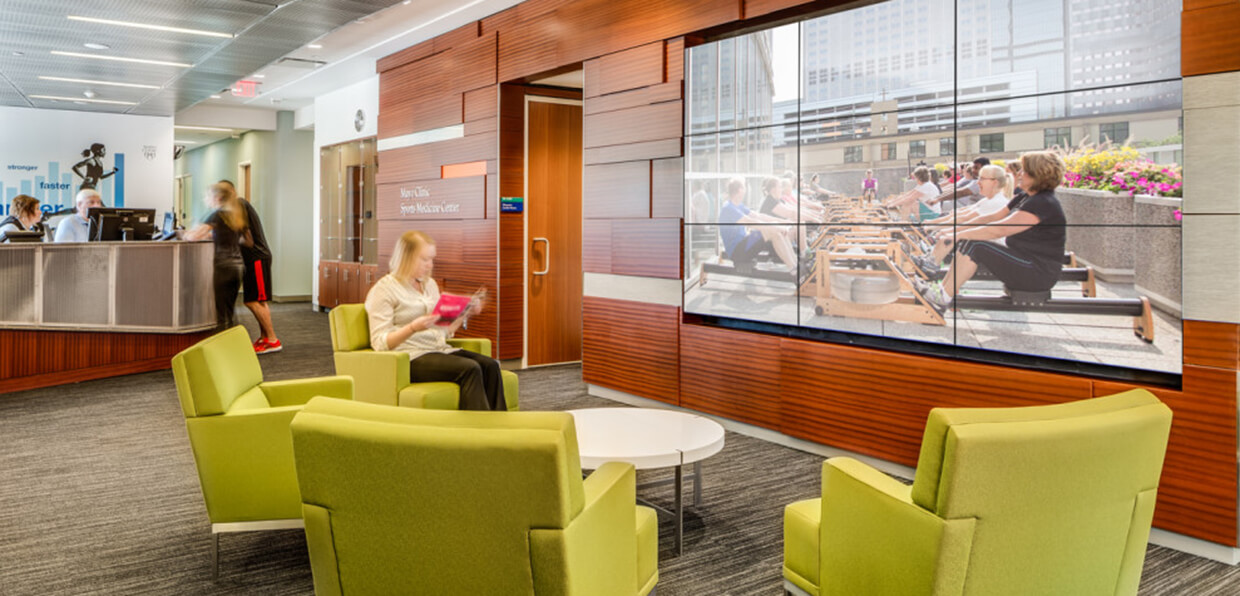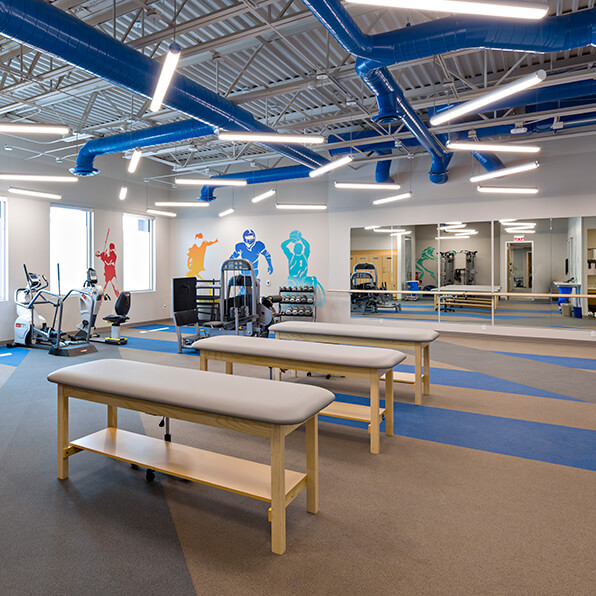The goals of treatment are to identify and treat the cause, reduce the pain and irritation of the elbow, promote healing, and restore strength and flexibility. Over-the-counter medications such as anti-inflammatory medications or Acetaminophen may reduce pain, but they do not treat the cause. Therapy represents the cornerstone of treatment for most individuals. During therapy, your health care provider will discuss activity modification, identify biomechanical faults that will be addressed through changes in technique and exercise, and may prescribe a brace or modalities such as ice. As part of a multidisciplinary team approach, you may be referred to another professional such as a golf or tennis professional or ergonomic expert to assist with changes in technique or equipment.
Although most cases respond to directed therapy, in some cases your care provider may recommend a cortisone injection or one of the more recently developed treatments such as tenotomy, tenotomy and debridement, or platelet rich plasma injection. A cortisone injection can help many people with golfer’s elbow, but repeated cortisone injections are not usually recommended due to concerns regarding additional tendon damage in the long term. During a tenotomy, the clinician typically uses ultrasound to place a needle into the tendon to break up scar tissue and promote healing. Tenotomy and debridement uses specialized devices to not only break up the damaged tendon tissue but, in part, remove it (called debridement), similar to a traditional surgery. This procedure is also performed using ultrasound guidance and, like the needle tenotomy, can be done using local anesthesia in the office setting.
Platelet rich plasma (PRP) injections are currently not approved by the FDA and, therefore, many insurance carriers do not pay for this procedure. During a PRP injection, your care provider will draw blood from your arm, process the blood in a centrifuge to concentrate the platelets, and inject them into and around the damaged tendon tissue, typically using ultrasound guidance. The platelets are naturally occurring cells in your body that contain a variety of growth factors and pro-healing bioactive molecules. The clinical results of tenotomy and debridement, and PRP injections have been encouraging and have allowed many athletes and active individuals with resistant golfer’s elbow to avoid traditional surgery.
Traditional open surgery is not commonly required for golfer’s elbow. Surgery is typically reserved for cases that do not respond to 6-12 months of appropriate treatment or in which there is significant tearing of the muscles and tendons. During surgery, the surgeon will make an incision, remove the damaged tissue, and, as necessary, repair the tendon.


